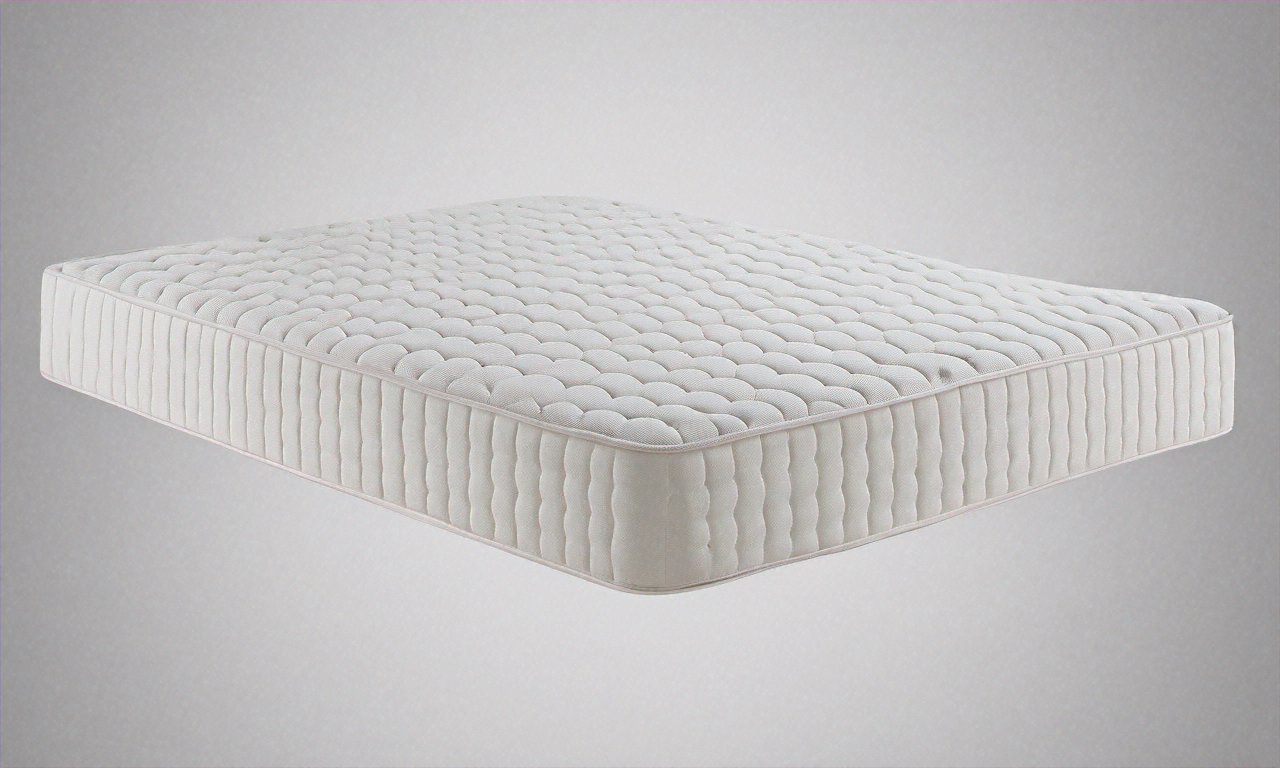Noise and Light Control Techniques for Improved Sleep Quality
Improving sleep often starts in the bedroom: controlling noise and light can make rest more consistent, reduce awakenings, and support overall comfort. This article outlines practical, evidence-informed techniques for adjusting acoustics, lighting, and room layout to create a sleep-friendly environment.

Creating a peaceful sleep environment involves more than just a comfortable mattress. Sound and light are two of the most common disruptors of sleep, but targeted adjustments to acoustics, lighting, textiles, layout, and ventilation can significantly improve sleep continuity and comfort. This article explores practical room-level strategies—covering furniture placement, organization, storage, and maintenance—that help reduce disturbances and promote restorative rest.
This article is for informational purposes only and should not be considered medical advice. Please consult a qualified healthcare professional for personalized guidance and treatment.
How do acoustics affect sleep?
Acoustics influence how easily you fall back asleep after a disturbance. Hard surfaces, sparse furnishings, and thin walls increase reverberation and noise transmission. To manage acoustics, introduce soft textiles like rugs and heavy curtains, position furniture such as bookcases and wardrobes along shared walls, and use upholstered headboards to dampen sound near the bed. Simple sealing of gaps around windows and doors and adding door sweeps can cut low-frequency noise from hallways or outdoors. These changes improve sleep quality by lowering sudden noise peaks and reducing overall background noise.
How does lighting influence sleep?
Lighting regulates circadian rhythms through exposure to blue-enriched light during the day and dim, warm light in the evening. For better sleep, reduce bright overhead lighting an hour or two before bedtime and use task or ambient lamps with warm-color temperatures. Install blackout curtains or blinds to block streetlights and early morning sun. Consider adjustable lighting controls or lamps with dimmers to create gradual transitions from wake time to sleep time. Proper lighting supports melatonin production and makes it easier to maintain consistent sleep timing.
Is mattress choice important for sleep?
A mattress affects comfort, body support, and temperature regulation, all of which interact with noise and light sensitivity. Mattresses with motion-isolating materials can reduce partner disturbances, while breathable constructions help with thermal comfort. If noise from creaky frames is an issue, check bed hardware and consider a sturdier frame or a platform-style base. Regular mattress maintenance, including rotation and using a protective textile cover, preserves support and hygiene—factors that indirectly support uninterrupted sleep.
What role do textiles and furniture play?
Textiles and furniture are key tools for both acoustics and lighting control. Heavy curtains and layered bedding block light and absorb sound; area rugs and upholstered furniture reduce echo and soften footsteps. Arrange furniture to create buffer zones between windows, doors, or shared walls and the bed. Use storage units to fill empty wall space and reduce sound reflection while keeping organization and clutter under control. Thoughtful textile choices enhance thermal comfort and can reduce the perceived brightness in a room.
How can layout, storage, and organization help?
Room layout and organization influence both physical and psychological readiness for sleep. Locate the bed away from direct light sources and noisy exterior walls when possible. Use storage solutions to minimize clutter—open, messy spaces tend to feel more stimulating and can reflect sound. Keep night-time essentials within easy reach to avoid turning on bright lights or creating noise when getting up. Regular maintenance of storage and furniture, such as tightening loose screws on bedside tables and decluttering surfaces, reduces incidental noise and supports a calmer environment.
Why are ventilation and maintenance important?
Good ventilation supports temperature and air quality, both of which affect comfort and the ability to sleep deeply. Use adjustable ventilation, fans, or HVAC settings to keep the room slightly cool and well-circulated. Routine maintenance—cleaning filters, checking seals on windows and doors, and ensuring vents aren’t blocked—prevents noises like rattles and maintains consistent airflow. Maintenance also includes seasonal care of textiles and mattresses to prevent allergens that can disrupt sleep and reduce overall comfort.
Conclusion Managing noise and light requires an integrated approach: adjust acoustics with textiles and furniture, tune lighting for circadian support, choose and maintain a suitable mattress, and optimize layout, storage, and ventilation. Small, deliberate changes in organization and maintenance can reduce disturbances and help sustain restorative sleep without major renovations. Thoughtful combinations of these techniques create a bedroom environment aligned with sleep needs and personal comfort.





